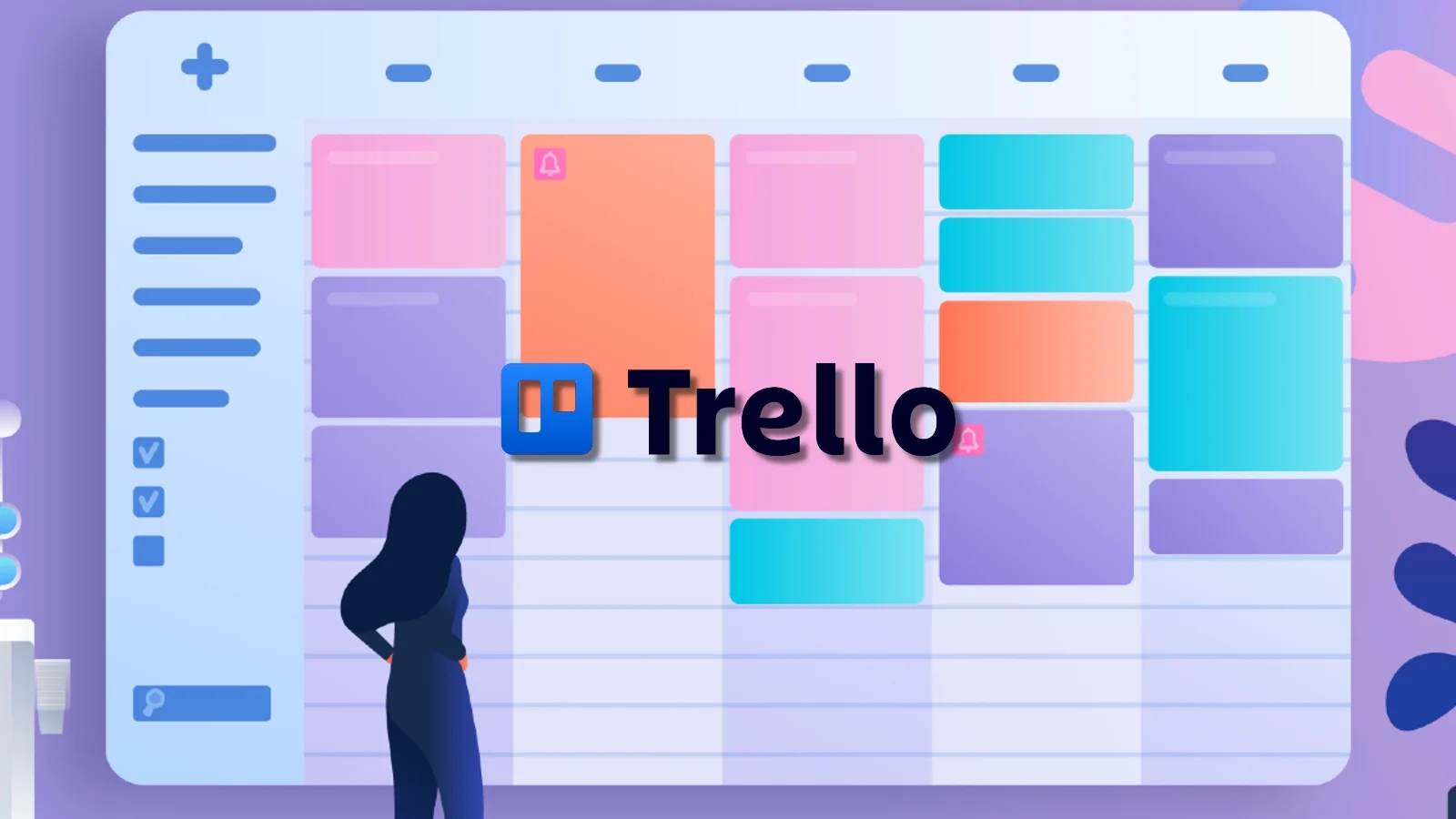An exposed Trello API has been abused to link email addresses to 15 million accounts, potentially compromising user privacy and security. The Trello API is a tool that allows developers to interact with Trello’s platform, enabling them to create, read, update, and delete data related to Trello boards and users. However, when this API is exposed, it can be exploited by malicious actors to gain unauthorized access to user data.
In this case, the abused Trello API was used to link private email addresses with Trello accounts, enabling the creation of millions of data profiles. This could have serious implications for users, as their personal information, including email addresses, could be exposed and potentially used for malicious purposes.
Trello has stated that in the case of a user account being deleted, upon deletion, Trello deletes the user’s personal data, including items like name, email address, and location, within 30 days of the request. However, this does not guarantee that the data will not be compromised before it is deleted.
To protect user privacy and security, it is essential for Trello and other platforms to implement robust security measures and regularly monitor their APIs for potential vulnerabilities. Users should also be vigilant about their online activities and take steps to protect their personal information, such as using strong passwords and enabling two-factor authentication where possible.
What is trello api and how does it work
The Trello API is a simple RESTful web API that allows developers to interact with Trello’s platform. Each type of resource, such as a card, a board, or a member, has a unique URI that can be accessed through the API. All responses to Trello API calls use JSON (JavaScript Object Notation), making it easy for developers to work with the data returned by the API.
For example, to retrieve information about a Trello board, a developer can use a URI like https://api.trello.com/1/boards/4d5ea62fd76aa1136000000c and receive a JSON response containing details about the board.
The Trello API is extremely powerful and versatile, offering the ability to search all the actions, boards, cards, members, and organizations. It uses a delegated authentication and authorization flow, ensuring that applications never have direct access to user credentials. Instead, the application passes control to Trello, which then provides an API token for the application to use.
However, it’s important to note that the Trello API must be used responsibly and securely to prevent potential abuse. In a recent incident, an exposed Trello API was abused to link private email addresses with Trello accounts, potentially compromising the privacy and security of 15 million users.
In summary, the Trello API is a valuable tool for developers, providing access to Trello’s resources through a well-documented and user-friendly interface. However, it’s crucial for both Trello and developers to ensure that the API is used in a secure and responsible manner to protect user data and privacy.
What are the potential consequences of the trello api abuse
The potential consequences of the Trello API abuse are significant, as it could compromise the privacy and security of 15 million users. The exposed Trello API was used to link private email addresses with Trello accounts, enabling the creation of millions of data profiles containing both public and private information. This could lead to the exposure of sensitive personal information, such as email addresses, which could be used for malicious purposes, such as phishing attacks or identity theft.
Furthermore, the abuse of the Trello API highlights the importance of implementing robust security measures and regularly monitoring APIs for potential vulnerabilities. Failure to do so could result in the exposure of user data and damage to the reputation of the platform.
To mitigate the potential consequences of the Trello API abuse, Trello and other platforms must take steps to ensure that their APIs are secure and that user data is protected. Users should also be vigilant about their online activities and take steps to protect their personal information, such as using strong passwords and enabling two-factor authentication where possible.
How can trello users check if their account has been compromised
Trello users can check if their account has been compromised by following these steps:
- Check the “Have I Been Pwned” (HIBP) website: HIBP is a widely used resource that allows individuals to check if their data has been compromised in any data breach, including the Trello breach. Visit the HIBP website and enter your email address to see if it has been involved in any data breaches.
- Monitor your account activity: Keep an eye on your Trello account for any unusual activity, such as changes to your personal information or unauthorized access attempts. If you notice any suspicious activity, immediately change your password and revoke any API tokens associated with your account.
- Change your password: If you suspect that your account has been compromised, change your password as soon as possible. You can do this by visiting Trello’s recovery page.
- Revoke API tokens: If you suspect that an API token has been compromised, go to your account page and click “revoke” next to the token.
- Be vigilant for phishing attempts: Phishing attacks can be convincing, so always double-check the authenticity of emails and links. If you’re unsure, contact Trello support for assistance.
By following these steps, Trello users can help protect their accounts and personal information from potential threats.
What measures has trello taken to prevent api abuse
Trello has taken several measures to prevent API abuse and protect user data. Some of these measures include:
- API rate limiting: Trello has implemented rate limiting on its API to prevent users from overloading and crashing the service. This helps to prevent abuse and ensures that the API remains stable and responsive.
- Webhooks: Trello encourages developers to use webhooks instead of making direct API calls. Webhooks allow developers to receive real-time updates about changes to Trello resources, such as boards, cards, and members, without having to make frequent API calls.
- Application logs: Trello collects application logs for a minimum of 45 days for monitoring and analysis. This helps the company identify and address potential security issues and abuse.
- Security awareness and confidentiality: Trello has implemented security awareness and user data access policies during employee onboarding. Employees also sign a confidentiality agreement, and the company maintains a list of personnel who are permitted to access Trello code and development environments.
- Customer support team access: Trained members of the Atlassian and Trello customer support teams have case-specific, limited access to user data stored in Trello through restricted access customer support tools. Customer support team members are not authorized to review non-public user data stored in Trello for any purpose other than addressing specific customer support cases.
While these measures help to prevent API abuse and protect user data, it’s essential for Trello users to also take steps to protect their accounts and personal information. This includes using strong passwords, enabling two-factor authentication, and being vigilant for phishing attempts.
How can trello users protect their personal data
Trello users can protect their personal data by taking the following measures:
- Review board privacy settings: Ensure that sensitive information is not publicly accessible. Trello boards have privacy settings that should be carefully managed to control who can view the content.
- Use strong passwords: Employing strong, unique passwords for Trello accounts can help prevent unauthorized access. Consider using a reputable password manager to generate and store complex passwords.
- Enable two-factor authentication (2FA): Trello offers 2FA as an additional layer of security. By enabling 2FA, users can significantly reduce the risk of unauthorized access to their accounts.
- Monitor account activity: Regularly review account activity for any unusual behavior, such as unrecognized logins or changes to account settings. Promptly report any suspicious activity to Trello.
- Understand privacy defaults: Be mindful of the privacy settings and understand how to adjust them. Trello’s default settings are designed to favor privacy, but users should be cautious about sharing sensitive information.
- Stay informed about security measures: Trello is committed to maintaining robust security measures and compliance with data protection regulations such as GDPR. Users can stay informed about Trello’s security practices and certifications through the Trust @ Trello page.
By implementing these measures, Trello users can enhance the security of their personal data and reduce the risk of unauthorized access or exposure.
Sources:
https://www.wired.co.uk/article/trello-privacy
https://trello.com/legal/security
https://support.atlassian.com/trello/docs/trello-and-gdpr-our-commitment-to-data-privacy/
https://cyber.vumetric.com/security-news/trello/
https://trello.com/trust
https://stateful.com/blog/trello-api-limits
https://support.atlassian.com/trello/docs/what-to-do-if-your-account-is-compromised/
http://www.trello.org/help.html
https://support.atlassian.com/trello/docs/protecting-your-account-from-phishing/
https://appleinsider.com/articles/24/01/23/trello-data-breach-exposes-over-15-million-user-email-addresses
https://www.helpnetsecurity.com/2024/01/23/trello-users-data-scraped/
https://9to5mac.com/2024/01/23/trello-data-breach/
https://support.atlassian.com/trello/docs/trello-api-documentation/
https://twitter.com/BleepinComputer/status/1749907880629682610
https://twitter.com/TheCyberSecHub/status/1749908887300641149
https://stackoverflow.com/questions/25692285/trello-api-what-are-actions
https://support.atlassian.com/trello/docs/trello-api-documentation/
https://developer.atlassian.com/cloud/trello/guides/rest-api/api-introduction/
https://www.bleepingcomputer.com/news/security/trello-api-abused-to-link-email-addresses-to-15-million-accounts/





